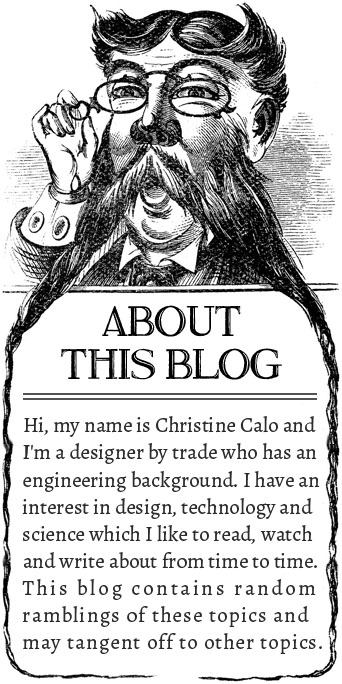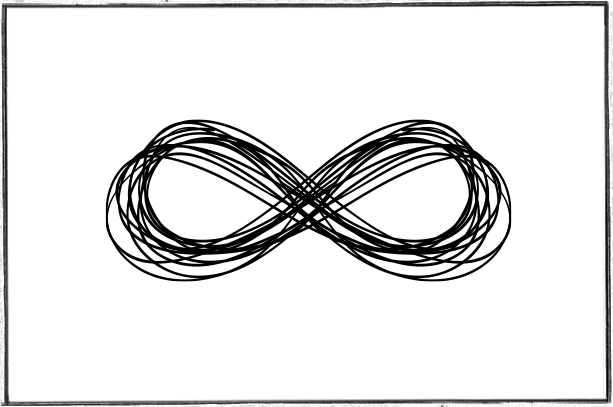"The hurrier I go the behinder I get."

Search This Blog
Categories
Featured Post
The Infinite Game - by Simon Sinek
‘The Infinite Game’ tries to answer the question ‘How do we win a game that has no end?’ The author Simon Sinek describes 2 types of games. ...

Past Entries
-
▼
2021
(
20
)
-
▼
September
(
7
)
- Warren Buffet's Ground Rules: Words of Wisdom from...
- Blockchain: The Next Everything - by Stephen Williams
- The Evolution of Money - by David Orrell and Roman...
- Origin Story: A Big History of Everything - by Dav...
- Superintelligence: Paths, Dangers, Strategies - by...
- Inspired: How to Create Tech Products Customers Lo...
- Measure What Matters - by John Doerr
-
▼
September
(
7
)



